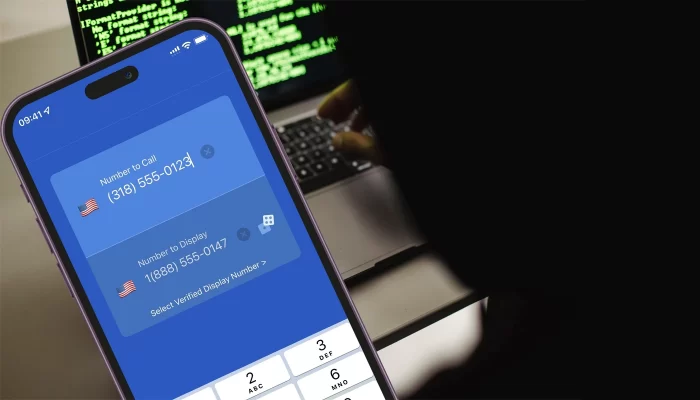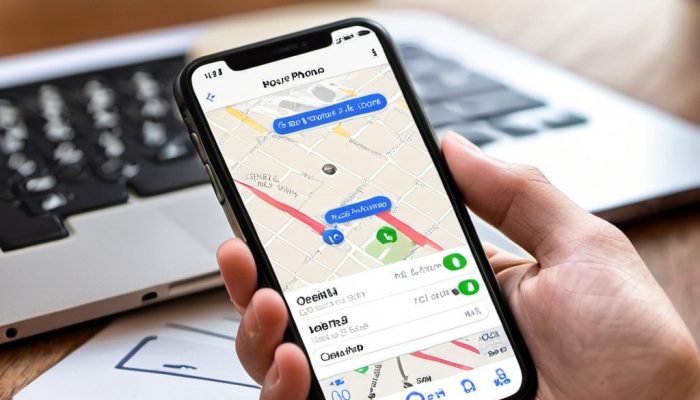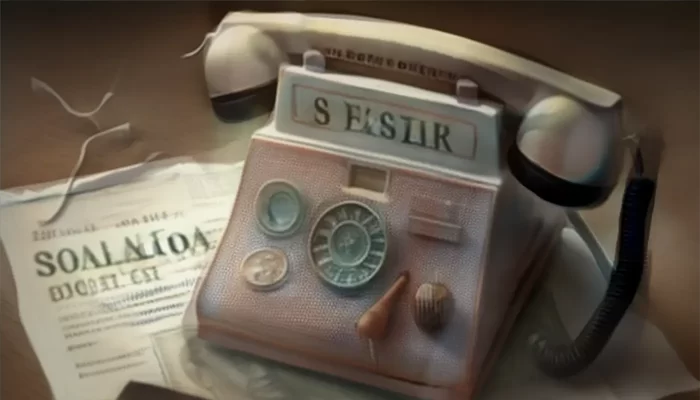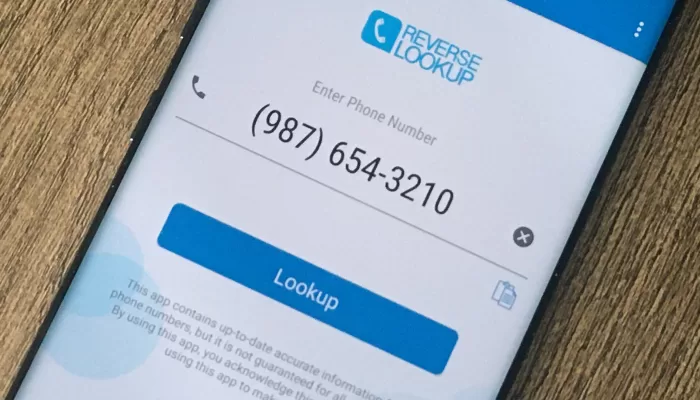Protecting Yourself from Caller ID Spoofing Scams: What you Need to Know

Are you tired of receiving spam calls or telemarketers calls on your phone? Do you want to protect your privacy and avoid falling for scams?
Caller ID spoofing is a technique that allows people to manipulate their caller ID and make it appear as though they are calling from a different number. This can be dangerous, as people can use this technique to scam you out of your money or steal your personal information.
In this blog post, we’ll explain what caller ID spoofing is, how it works, and what you can do to protect yourself from it. By the end of this article, you’ll have a better understanding of the dangers of caller ID spoofing and the steps you can take to avoid it.
So, what is caller ID spoofing? Caller ID spoofing is the act of altering the caller ID information transmitted to your phone to make it appear as though the call is coming from a different number. This can be done using a variety of methods, including software or hardware that changes the caller ID information, or by using a technique called “spoofing” that tricks your phone into displaying a different number.
One of the most common ways that people use caller ID spoofing is to hide their true identity when making telemarketing calls. They do this because they know that people are less likely to answer calls from unknown numbers, so they use caller ID spoofing to make it appear as though they are calling from a familiar number. This way, they have a better chance of getting you to answer the call and listen to their pitch.
Another common use of caller ID spoofing is for scamming purposes. Scammers use this technique to make it appear as though they are calling from a legitimate government agency, a bank, or another trusted source. They then use this fake identity to trick you into giving them your personal information or money.
So, how does caller ID spoofing work? There are a variety of ways that people can use to spoof their caller ID information, but the most common method is through the use of Voice over IP (VoIP) technology. VoIP is a type of internet-based phone service that allows people to make calls over the internet instead of using a traditional phone line.
When making a call using VoIP, the caller ID information is transmitted along with the voice data. This means that people can manipulate their caller ID information by using software or hardware that changes the information before it is transmitted. They can then make a call that appears to be coming from a different number.
Another way that people use caller ID spoofing is by using a technique called “spoofing”. This technique involves tricking your phone into displaying a different number by sending false caller ID information along with the call. This can be done using a variety of methods, including manipulating the signaling data that is sent between your phone and the phone company, or by using a service that provides a fake caller ID number.
So, what can you do to protect yourself from caller ID spoofing? There are a few things you can do to avoid falling for this scam. Firstly, always be suspicious of calls from unknown numbers, especially if the caller ID information appears to be from a government agency or a trusted source.
Secondly, never give out your personal information or money to someone who calls you unsolicited, even if they claim to be from a legitimate source. Always hang up and call the agency or company directly using the phone number listed on their website or in the phone book.
Thirdly, you can use call blocking technology to block calls from numbers that are known to be associated with telemarketers or scammers. This technology will help you avoid unwanted calls from these sources and protect your privacy.
Finally, be cautious of call-back numbers. Some scammers will leave a call-back number for you to call, which will then charge you a fee for the call. If you receive a call from an unknown number and they leave a call-back number, do not call it. Instead, research the number to see if it is associated with a scam before making the call.
In conclusion, caller ID spoofing is a dangerous technique that can be used to trick you into giving away your personal information or money. However, by being aware of the dangers and taking steps to protect yourself, you can avoid falling for these scams. Always be suspicious of calls from unknown numbers, never give out your personal information or money to someone who calls you unsolicited, use call blocking technology, and be cautious of call-back numbers. Stay safe and protect your privacy by being informed about the dangers of caller ID spoofing.




Comments 0